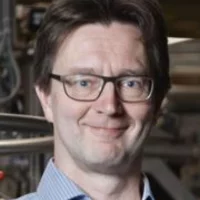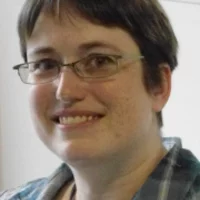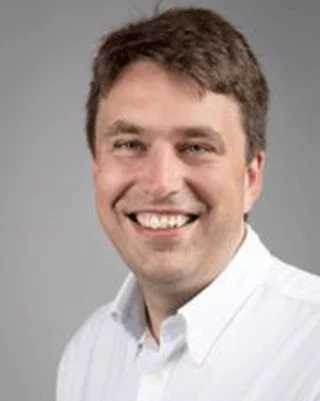Biography
Christopher Arrell received his PhD and MSci from Imperial College London. During doctoral thesis work, he developed an attosecond photoelectron spectroscopy experiment for AMO and solid-state process using high harmonic generation (HHG). During his PhD he regularly collaborated with the advanced laser labs of RIKEN and with industrial partners at NTT AT labs in Japan to develop new methods to detect and image VUV radiation. In 2011 he joined the lab or Majed Chergui at EPFL. His role was the project lead to design, build and operate the Harmonium facility: an HHG beamline for time resolved spectroscopy of liquids, solids and clusters. His scientific focus was time resolved VUV photoelectron spectroscopy of liquids, and observed the first strong field processes in liquids. Harmonium was the seed of the Lausanne Centre for Ultrafast Science (LACUS) and is a partner of LaserLab Europe. In 2017 he joined the SwissFEL project to develop photon diagnostics and detection schemes for hard and soft X-rays. He has received the Beloe Fellowship from the Worshipful Company of Scientific Instrument Makers, and is a fellow of the Japan Society for the Promotion of science.
Institutional Responsibilities
Christopher Arrell is responsible for the Photon Diagnostics devices and detectors at SwissFEL, providing full beam diagnostics to both experimental endstation and machine operators.
Scientific Research
Christopher Arrell’s aim is to provide high fidelity diagnostic data to facilitate new scientific methods. He has a deep understanding of X-ray detection methods and improves detection schemes to enable new scientific techniques. A key focus is to improve temporal resolution of experiments at FELs, and to use the large pool of diagnostic data available to predict FEL pulse properties with Machine Learning techniques.
Selected Publications
For an extensive overview we kindly refer you to our publication repository DORA, and Google Scholar.


